Cell Biology | Term 2 Unit 4 | 7th Science - Human cells related to functions | 7th Science : Term 2 Unit 4 : Cell Biology
Chapter: 7th Science : Term 2 Unit 4 : Cell Biology
Human cells related to functions
Human cells related to functions
Different types of cells
Our body is made up of many different kinds of
cells. Each type of cell is specialized to perform a specific function.
Depending on the function, cell has specific shape, size and may have some
components which other type of cells do not have. Have a look at the
differences between nerve cells and red blood cells in the images. Even though
there are many different types of cells, there are some components common to
all type of cells. Let us take a look at this in the next section.
What’s
inside a cell?
Inside a cell, there are many tiny structures
called cell organelles. These organelles are responsible for providing needs of
the cell. They work to bring in food supplies, get rid of waste, protection and
repair of the cell, and help it to grow and reproduce. Each one has a specific
function to do for the cell. And, if any one organelle stops its function, then
the cell is programmed to die.
Cell
Structure
As we have mentioned before, all cells have some
common structure. These are
1. Cell membrane
2. Cytoplasm, and
3. Nucleus (In most eukaryotic cells).
4. The structure of a typical plant and animal cell shows following peculiarities:
Cell
membrane
The boundary of an animal cell is the plasma
membrane, which is also called as cell membrane
Cell wall -
“Supporter and Protector”
All animal and plant cells are enclosed or
surrounded by a cell membrane as you learned before. However, as you might have
noticed previously that, animal cells often have an irregular shape, whereas
plant cells have a much more regular and rigid shape.
Plant cells have an additional layer on the outer
side of the cell membrane. This is called as the cell wall, that provides a
frame work for support and stability.
The cell wall is formed from various compounds,
the main one being cellulose. Cellulose helps to maintain the shape of the
plant cell. This allows the plant to remain rigid and upright even if it grows
to great heights. Each cell is interconnected with its neighboring cells through openings called
Plasmodesmata.
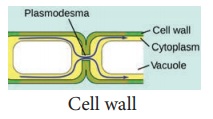
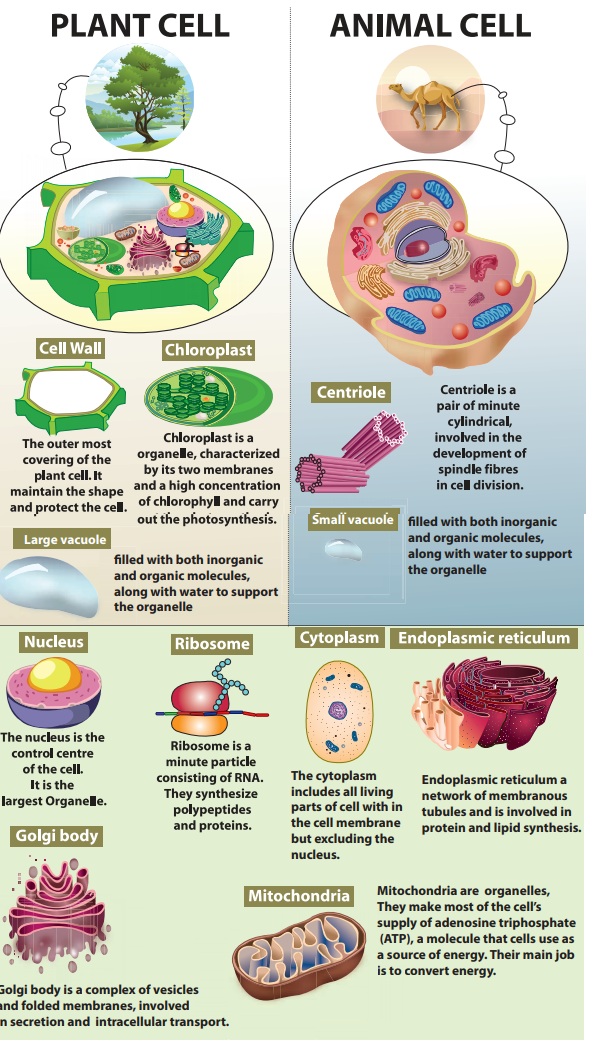
ACTIVITY 3
Study the pictures given and write the differences between
cells that you observe in the given table.
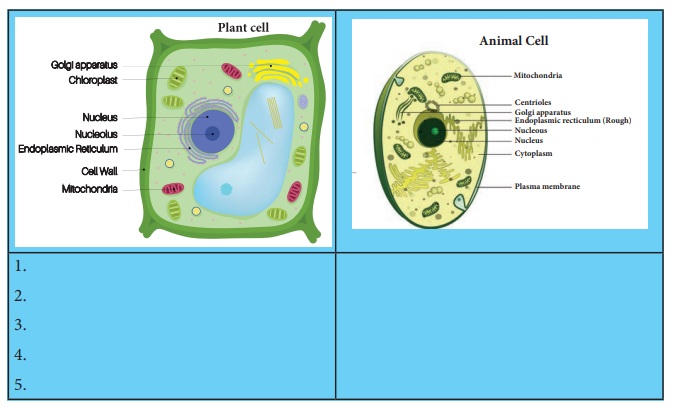
Plant cell
1. Plant cell has a cell wall.
2. It has chloroplast.
3. Centrioles absent
4. One large central vacuole
5. Lysosome usually not evident. Cilia absent in most plant
cells.
Animal cell
1. Animal cells do not have a cell wall.
2. Does not contain chloroplast.
3. Centrioles present.
4. One or more small vacuoles.
5. Lysosomes occur in cytoplasm. Cilia is present.
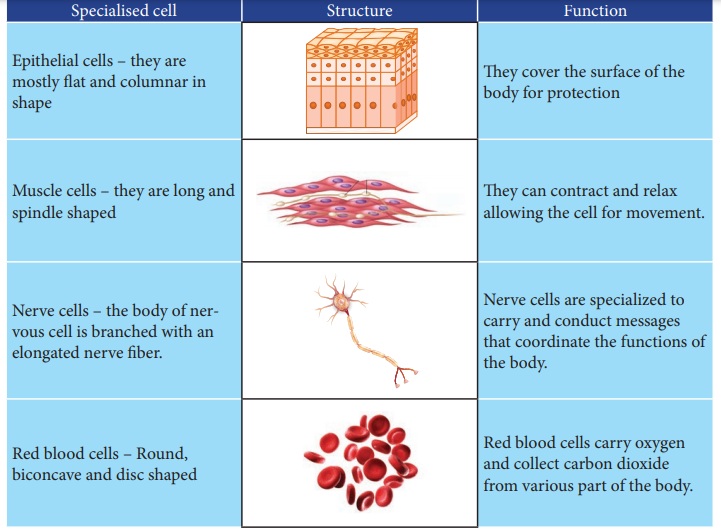
Stem Cells
Stem cells are quite amazing as they
can divide and multiply while at the same time with their ability to develop
into any other type of cell. Embryonic stem cells are very special as they can
become absolutely any type of cell in the body, for example, blood cell, nerve
cell, muscle cell or gland cell. So they are utilized by the Scientist and
Medicos, to cure and prevent some diseases like Spinal cord injury.
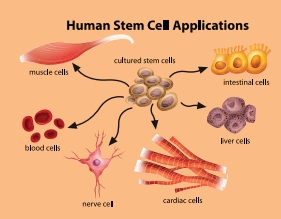
Cytoplasm -
I am the “Area of Movement”.
When you look at the temporary mounts of an onion
peel, you can see a large region of each cell an enclosed by the cell membrane.
This region takes up very little stain. It is called the cytoplasm.
The cytoplasm includes all living parts of the
cell with in the cell membrane, excluding the nucleus. The cytoplasm is made up
of the cytosol and cell organelles. The cytosol is a watery, jelly-like medium
made up of 70% - 90% water and usually colourless.
Cell organelles and structures present in a cell
are endoplasmic reticulum, vacuole, ribosome, golgi body, lysosome,
mitochondria, centriole, chloroplast, surrounded by plasma membrane and cell
wall.
Protoplasm
vs. Cytoplasm
In particular,
the material inside and outside the nuclear membrane is known as Protoplasm.
The fluid inside the nucleus is known as the nuclear fluid or nucleoplasm and
outside the nucleus is called as cytoplasm.
Inside the
cytoplasm
Mitochondria
- “Power house of the Cell”.
Do you remember learning about the food as the
energy source for the body? Just as wood is burnt to release the stored
potential energy to make a fire to heat some water. The food that you ate to be
broken down in order to release the energy which can be used by your body to
function. Mitochondria are responsible to do this function.
Very active cells have more mitochondria than
cells that are less active. Which type of cell, do you think, will have more
mitochondria, a muscle cells or a bone cell?
Mitochondrian is an oval or rod shaped double
membrane bounded organelle. Aerobic respiratory reactions take place with in
the mitochondrion to release energy. So it is known as “the Power House” of the
cell. The energy produced within the mitochondrion is used for all the
metabolic activities of the cell
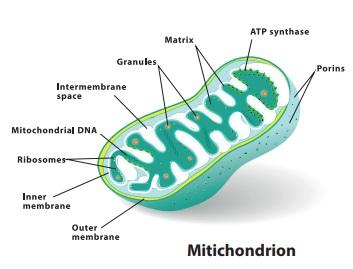
Chloroplast-“
Food Producers”.
Do you notice the green organelles present in
plant cells and absent in animal cells. Chloroplasts are the only cell
organelles that can produce food from the sun energy. Only plants with
chloroplast are able to do photosynthesis because they contain the very
important green pigment, chlorophyll. Chlorophyll can absorb radiant energy
from the Sun and convert it to the chemical energy which can be used by the
plants and animals. Animal cells lack chloroplasts and are unable to do
photosynthesis.
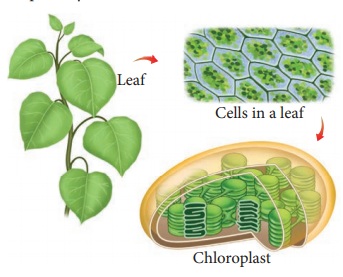
Observing chloroplast in algae
Collect some algae from pond and separate out thin filaments of them. Place a few filaments on a slide. Observe it under the microscope. Take the help of given figure and draw the picture of chloroplast that you have observed under the microscope. Chloroplast is a type of plastid. which are present only in plant cells. Plastids are mainly of two types chromoplasts (coloured) and leucoplasts (colourless).
Various range of these plastids impart
different colours to various parts of plant. Chromoplast impart colour to
flower and fruits. As fruits ripen, chloroplasts change to chromoplasts. Starch
is converted to sugar.
Golgi
Complex - I need a break
Membrane bounded sacs are stacked on top of the
other with associated secretory vesicles are collectively known as golgi
complex. Functions of golgi complex are the production of secretory substances,
packaging and secretion. This is the secret behind the change in the colour and
taste of fruits
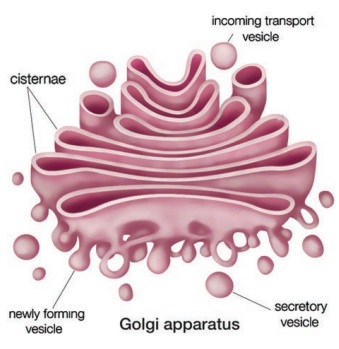
Lysosome -“Suicidal
Bag”.
Everything I touch, I destroy
You will find organelles called as lysosomes,
which are very small to view using a light microscope. They are the main
digestive compartments of the cell. They lyse a cell, hence they are called
“suicidal bag”.
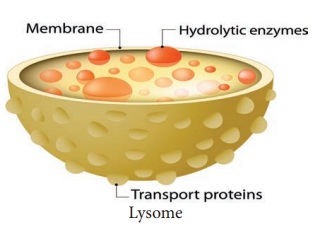
Centrioles
They are generally found close to the nucleus and
are made up of tube-like structures. Centrioles or centrosomes are present only
in animal cells and absent in plant cells. It helps in the separation of
chromosomes during cell division.

Endoplasmic
reticulum - You guys, be quiet, I have so much work to do
It is an inter membranous network made up of flat
or tubular sacs within the cytoplasm. Endoplasmic reticulum is of two types.
They are rough endoplasmic reticulum and smooth endoplasmic reticulum.
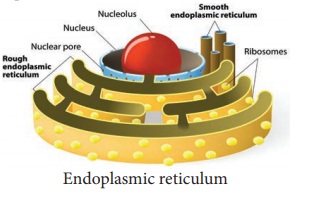
Rough endoplasmic reticulum are rough due to the ribosomes attached to the membrane. which helps in the synthesis of protein.
Smooth endoplasmic reticulum. It is a
network of tubular sacs without ribosomes on the membrane. They play a role in
the synthesis of lipids, steroids and also transport them within the cell.
Nucleus -
Everyone do what I say. Acting like the “Brain” of the cell
* Plant and animal cells have a nucleus inside the
cytoplasm. It is surrounded by a nuclear envelope. One or two nucleolus and the
chromatin body are present inside the nucleus. During cell division, the
chromatin body is organised into a chromosome. Storage of genetic material and
transfers heredity characters from generation to generation are the functions
of chromosome.
Functions of Nucleus
* In controls all the processes and chemical
reactions that take place inside the cell.
* Inheritance of character from one generation to
another.
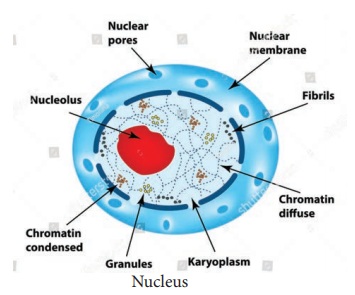
ACTIVITY 4
Summarise what you have learnt
Now you’ve studied the internal structure of a cell. Let us summerise what we have learnt so far Complete this table by filling the main function of each of the cell structures
Cell Structure Function(s) - Function(s)
1. Cell membrane - Allows certain substances to pass in and out of the cell.
2. Cell wall - Provides a frame work for support and stability.
3. Cytoplasm - Area of movement of cell organelles.
4. Mitochondrion - Responsible for cellular transpiration and it releases energy from the food
5. Vacuole - Contains organic and inorganic molecules along with water to support the organelles.
6. Chloroplast - Produces food from sun's energy.
7. Endoplasmic
reticulum - Produces protein, lipids and
steroids and transports them within the cell.
Red blood cells
Red blood cells do not contain a
nucleus. Without a nucleus, these cells die quickly; about two million red
blood cells die every second! Luckily, the body produces new red blood cells
every day.

Related Topics